We Still Haven't Reached The Inflation Finale
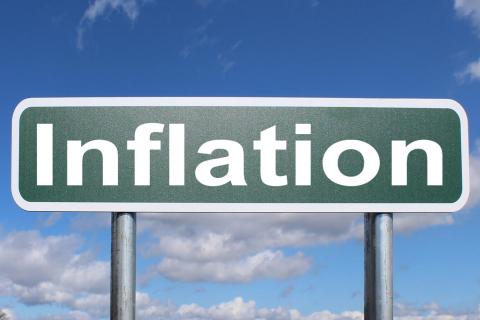
by Brendan Brown
ZEROHEDGE
Government (including the central bank) can thwart the mechanism if they resort to further monetary injections of sufficient power.
Hence inflations can run for a long time and in virulent form. This occurs where the money issuers see a net benefit from making new monetary injections even though likely to be less than for the initial one which took so many people by surprise.
Ultimately at some point the cost-benefit calculus shifts in favor of the government not blocking the operation of the burn-out mechanism.
Let's try to work out which model of burnout the Great Pandemic inflation in the United States will follow.
Our process of discovery starts with Milton Friedman's observation about the nature of the "inflation gap." Paraphrasing this we can say that monetary inflation is where the supply of money is persistently veering ahead of the demand for money. Ideally, this comparison is for base money (rather than broad money).
This gap between supply and demand is always in the future. Like the mirage on a hot road, when we get to the place where we saw the gap it is no longer there. Prices have adjusted upwards (and maybe other economic variables have shifted) so as to lift the demand for money in nominal terms into line with the initial increase in supply.
Meanwhile, however, the issuer has injected a new supply of money. And so the gap is still out there when we look into the future (along the inflation highway).
We can think of the burn-out mechanism as a rise of prices (and possible swing in other variables) which keeps lifting demand for money (in nominal terms) into line with increased supply. The essence of the burn-out mechanism is the destruction of real wealth in the form of money (and government bonds) by the rise in prices. These wealth losses and the need to replenish money holdings in real terms to some extent bear down on demand in goods and services markets.
The laboratory of monetary history provides some insights here.
Take first the extreme case of the German hyperinflation. The government in Berlin, desperate for funds, kept making monetary injections even as the burn-out mechanism functioned. In real terms, the revenue gains for the government got smaller and smaller as individuals switched out of mark money into dollars instead. Eventually, the gains were so tiny from new injections and the social-political costs so great that these halted.
Fast-forward to the monetary inflation of World War II. From 1946–1948 the Fed made no new monetary injections (monetary base constant) despite prices galloping ahead as driven by the excess of money created during the war. A very mild recession in 1948 and the vast run down in military spending which had occurred meant there was no incentive for the government/Fed to make new injections as consumer prices reached a plateau after their sharp jump. Nominal yields on long Treasury bonds remained close to 2 percent throughout.
It was quite different in the “greatest U.S. peacetime inflation” from the early/mid-1960s to the end of the 1970s. Then the Fed responded multiple times to inflation burnout by new injections; think of 1967–68; 1970–72; 1975–77; and yes, 1980.
Each injection during the Greatest Monetary Inflation had its own distinct cost-benefit analysis. In 1967–1968 a priority was to hold down the cost of government borrowing in the midst of the Vietnam war; in 1970–1972 Chair Burns was a top member of the Richard Nixon reelection campaign; later in 1975–1977 his aim was promoting recovery in the context of challenging elections ahead for the Republicans (1976); in 1980 there was a looming election and recession fright.
Two overriding comments apply to these continued injections through the Greatest Peacetime Inflation.
-
First, the injectors (the Fed and more broadly the Administration economic team) persistently overestimated the severity of the economic downturn which seemed to be emerging. Given all the revisions in the data since the analyst today would be hard-pressed to use the term severe recession or indeed recession at all in some cases with respect to the episodes of economic weakness in 1970, 1974–75, or 1980s. Yet at the time the injectors saw the current data as justification for interfering with the burn-out mechanism.
-
Second, a whole Keynesian/neo-Keynesian mythology has developed about how high and rising inflation expectations were the challenge that prevented the monetary authority from allowing a “natural” burnout to take place. It is difficult, however, to substantiate such a claim. In the counterfactual of the Fed resolutely refusing to reinject, expectations would surely have fallen.



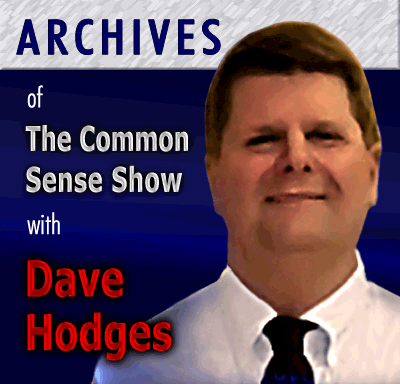






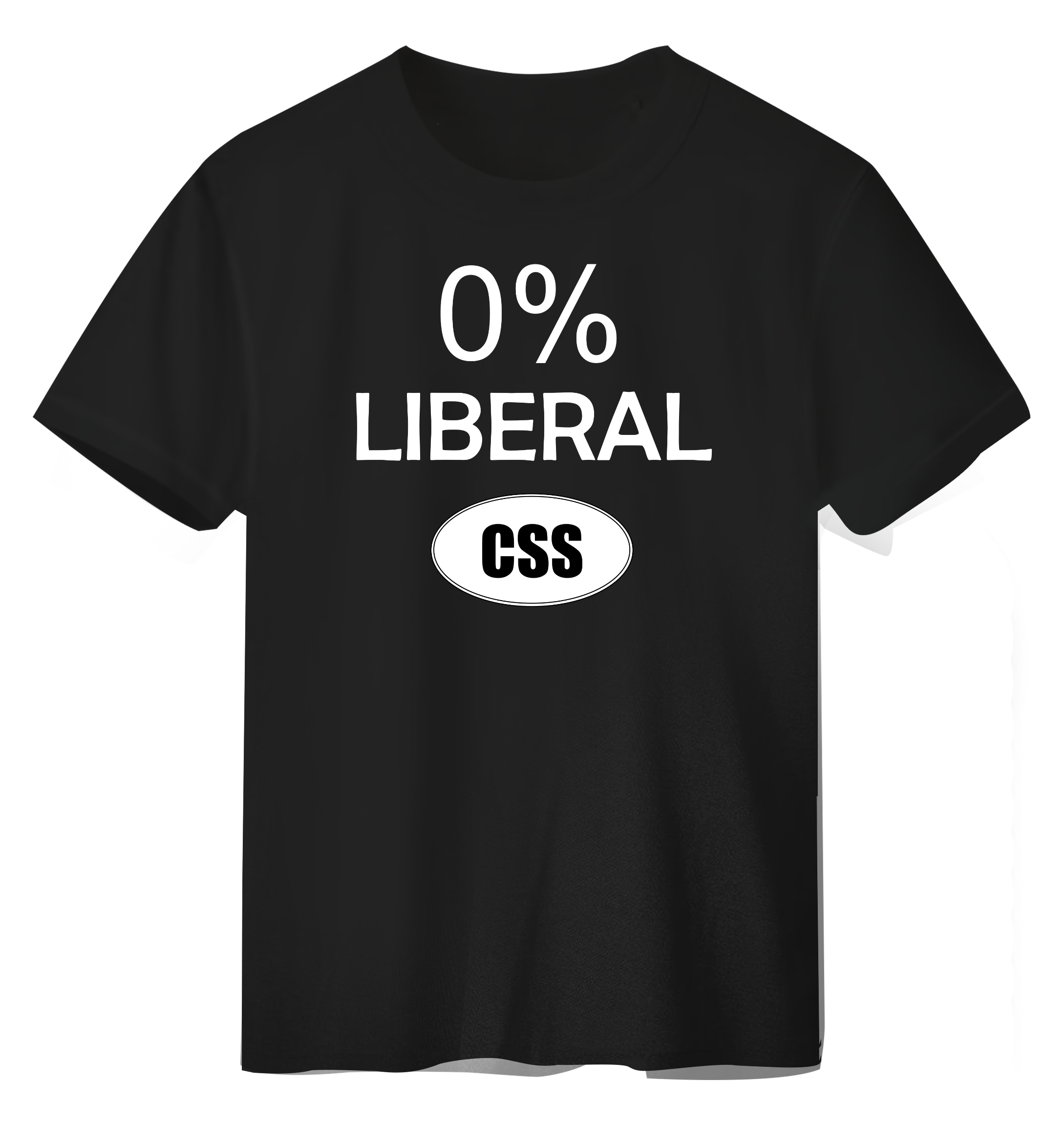


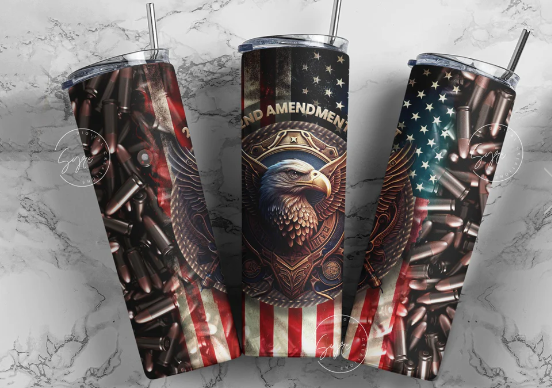







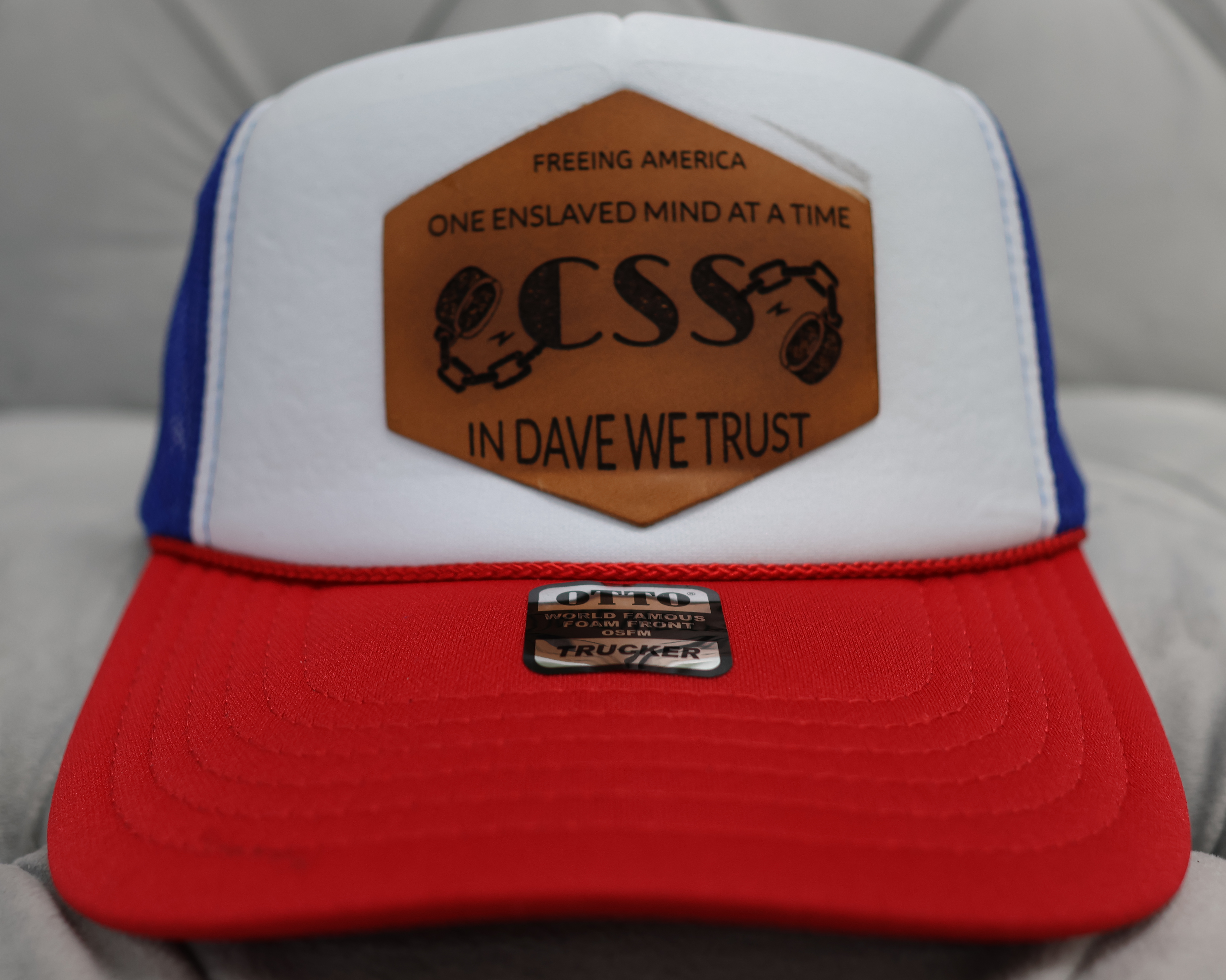






Comments
Rough Ride Coming
Comment